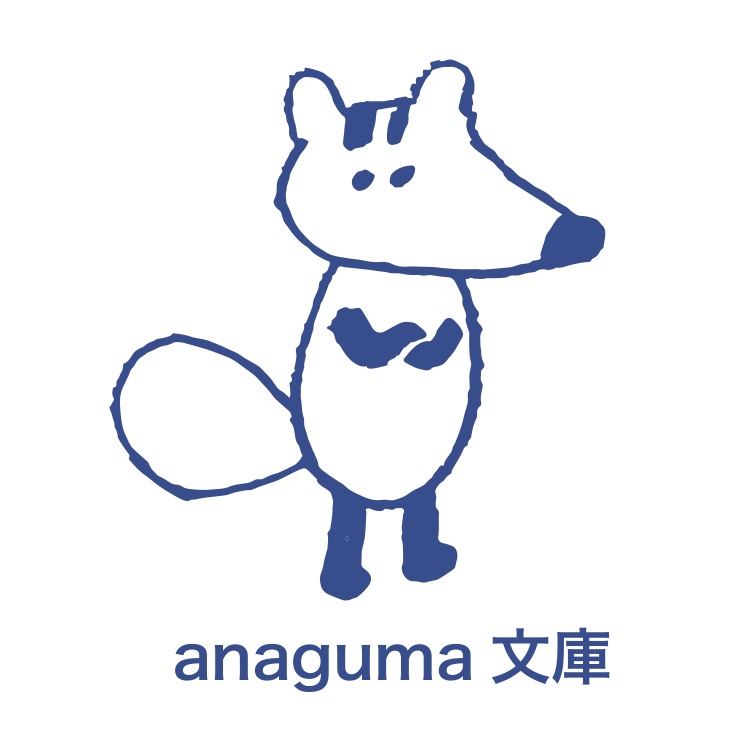(Please scroll down for the English version.)
屋根の下にあるもの
棰木。通柱。鼻隠し。それらを含めて、住宅の図面にはおよそ38個の部材が載っていた。白黒のA3紙に部材の細かいところが描いてある。川上さぷりの土井理事はコーヒーを杉のテーブルに置き、明るい表情で「もう、みんなを覚えた?」と僕に聞いた。
18年前に設立された川上さぷりは、吉野材の加工施設である。「それまでは、我々は山に行っていた」と土井理事は言った。「原木が売れなくなったから、なるべく付加価値をつけたかった。原木だけじゃなしに、木を製品にしたら、また還元できる」。最初、彼らは山の木について何でもを知っていたが、木材の加工が新たな分野だった。いくらの値段がいいか、木をどうやって乾燥すればいいかなどが分からなかったから、彼らはそれぞれのノウハウをだんだん身につけた。そのうち、迫から東川に移った川上さぷりは、最適な機械を整え、加工施設として運営するようになった。
現在、川上さぷりは住宅に使う木材を加工することに集中している。白川渡と北和田にある村営住宅は最近の事例だ。一軒の住宅を建てるには、木材をたくさん使い、近くで育てられた木を活かす。しかし、川上さぷりの与えた付加価値はそこで終わらない。あのA3図面に載っているおよそ38個の部材の組み合わせは、家の壁、戸、窓、屋根を支える。そこに住んでいるのは、新しくこの村に住まいを求めた人々だ。お祭りやクリーンキャンペーンに参加する人々、通りすがりの車に手を振って挨拶する人々だ。山で育てられた木はコミュニティーで活かされている。
僕は土井理事に話しを聞くため、川上さぷりを少し見学させてもらった。僕は敷地に入ったとたん、木材の香りが漂い、大型エンジンや高速刃物の音が聞こえた。従業員は柱になりそうな分暑い木材をヤードの奥からフォークリフトで運んだ。もう一人は防音用イヤーマフを装着しながら、分暑くて長い木材をローリングコンベーヤに乗せて、切った。倉庫の天井に届きそうな細長い木材は何枚か壁にたけかけられていた。この木材は、かつて山で代々育てられた木だった。これからどこかのコミュニティーで生き続けるのだろう。
Things Below the Roof
Taruki. Toshibashira. Hanakakushi. Those are some of the 38 components shown on the residence blueprints. Specific details of the parts are drawn on the black and white A3 paper. Kawakami Supply’s director, Mr. Doi, set our coffees on the wooden table, and with a bright expression asked me, “So, have you memorized all of’em?”
Established 18 years ago, Kawakami Supply is a facility that processes Yoshino lumber. “Until then, we had all been working in the mountains,” Mr. Doi told me. “Wood wasn’t selling so well, so we wanted give it some added-value. By selling not just wood, but also wood products, we could help bring the industry back to where it was.” At first, they knew everything about trees on the mountain, but lumber processing was a new field. They did not know things like what prices would be appropriate or how to properly dry the wood, so they gradually acquired the know-how for every step in the process. In due time, Kawakami Supply moved from Sako to Unogawa, assembled the appropriate machinery, and began operating as a processing facility.
These days, Kawakami Supply is focused on processing lumber for housing. The village-owned residences in Shirakawado and Kitawada are two recent examples. Building a residence uses a lot of lumber, and makes use of trees grown nearby. However, the added-value brought by Kawakami Supply does not end there. The 38 parts on that A3 blueprint combine to hold up the walls, doors, windows, and roof of a house. Living there are people who wanted to try living in our village. People who participate in festivals and cleaning campaigns, or wave hello to cars driving by. The trees grown in nearby mountains are being put to good use in these communities.
After speaking with Mr. Doi, I took a look around Kawakami Supply. As soon as I entered the yard, there was the scent of lumber and sounds of large engines and high-speed saws. An employee used a forklift to carry some thick, pillar-like lumber from the back of the yard. Another wore noise-reducing ear muffs as he loaded long, thick lumber onto a rolling conveyor and cut it. Planks of lumber that looked like they could reach the roof of the warehouse leaned stacked against the wall. This lumber were all once trees grown over generations on the mountains. From now, they will continue living in a community somewhere.





